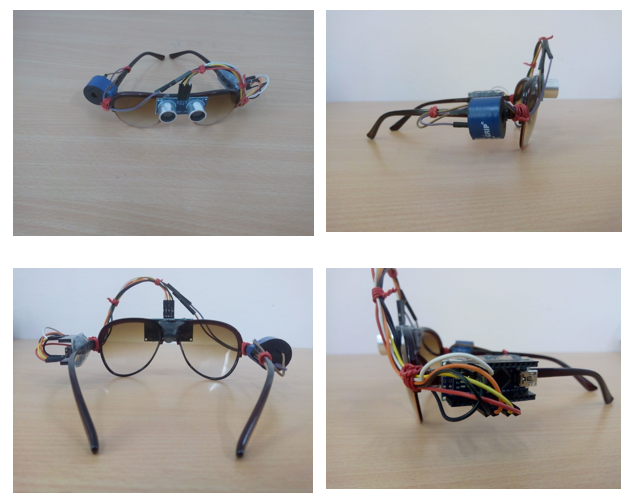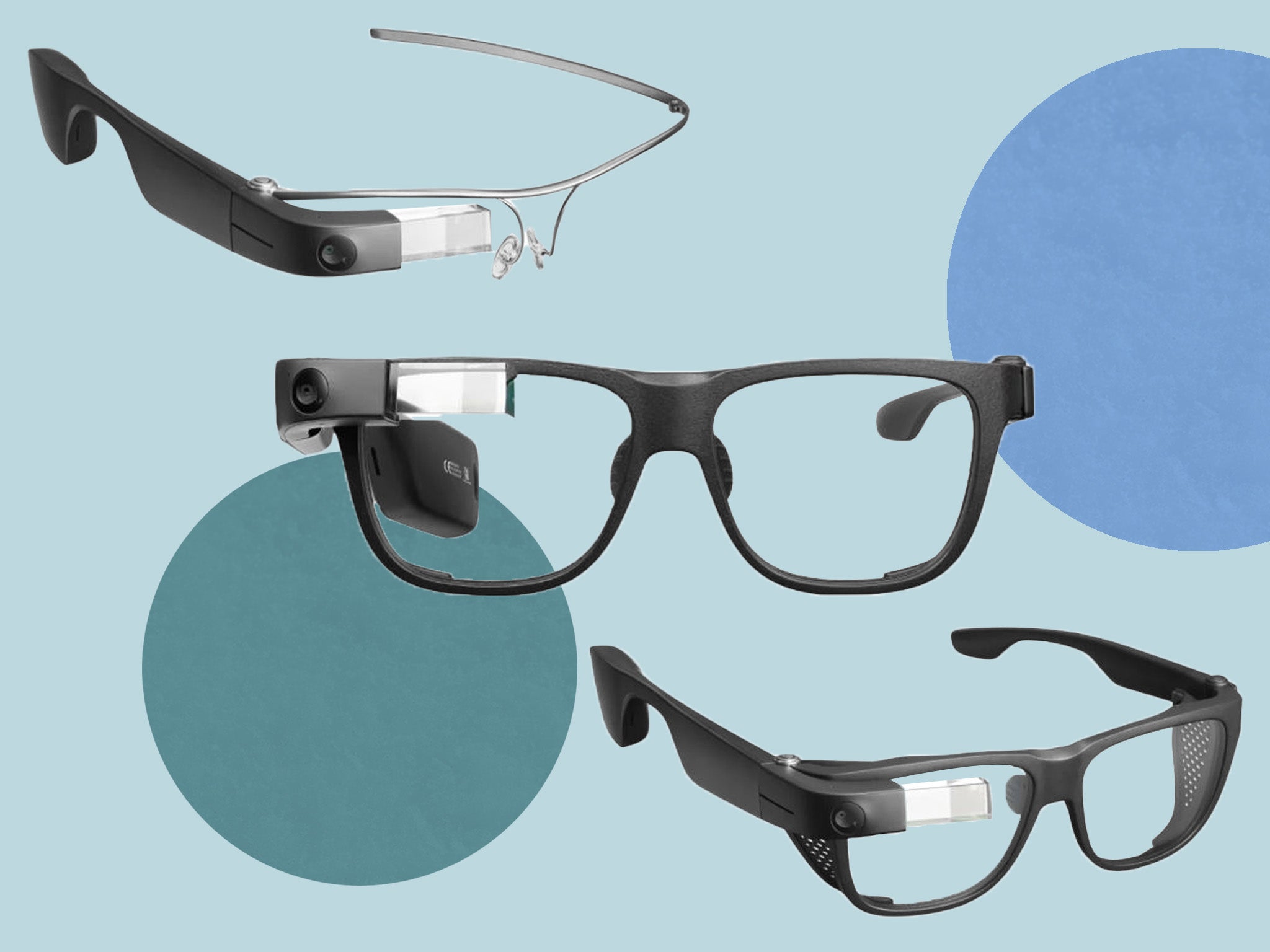Speech-to-Text Devices for Low Vision Users: Enhancing Communication and Productivity
Enhancing Availability Through Assistive Innovation for the Blind
The integration of assistive technology for the blind represents a critical development in accessibility, fundamentally altering exactly how people navigate their atmospheres and involve with society. As we explore the varied kinds of assistive devices and their tangible effects on everyday living, it comes to be vital to analyze exactly how recurring technical improvements are reshaping the landscape of support for the blind area.
Review of Assistive Technology
Assistive modern technology describes a series of devices and software program developed to enhance the abilities of individuals with disabilities, consisting of those that are blind or aesthetically damaged. This innovation plays a crucial role in advertising independence and improving the top quality of life for users. By providing different methods for accessing information and performing daily jobs, assistive innovation equips people to navigate their settings better.
The growth and application of assistive innovation embrace a range of principles focused on cultivating access. These concepts include user-centered style, which prioritizes the requirements and choices of the individual, and the combination of technology right into day-to-day tasks. Such developments ensure that assistive gadgets are not only practical but additionally user-friendly and simple to utilize.
Moreover, assistive innovation includes a varied spectrum of remedies, from low-tech options like magnifiers to high-tech technologies such as display viewers and Braille displays. The ongoing advancement of this field is driven by the need to address the special challenges faced by people with visual problems (Wearable technology for low vision). As modern technology proceeds to advancement, the possibility for boosting access and promoting inclusivity continues to be appealing, ultimately adding to an extra fair society

Sorts Of Assistive Gadgets
Countless sorts of assistive gadgets are available to sustain people that are aesthetically damaged or blind, each created to address specific requirements and obstacles. These tools can be broadly classified into three main types: low-tech, mid-tech, and high-tech solutions.
Low-tech devices include products such as magnifiers, Braille labels, and responsive maps. These are fairly basic devices that improve the customer's ability to connect with their environment without needing complicated innovation.
Mid-tech devices often involve a lot more sophisticated functions, such as digital magnifiers and mobile Braille note-takers. These gadgets can use capabilities like speech output, allowing users to access details extra efficiently.

Effect On Daily Living
The accessibility of different assistive gadgets considerably improves the top quality of life for people that are blind or aesthetically damaged, influencing their day-to-day living in extensive methods. By integrating innovations such as display readers, Braille displays, and audio description solutions right into their regimens, individuals acquire greater freedom and freedom. These devices assist in access to info, allowing individuals to perform daily jobs, such as checking out emails, browsing public rooms, and taking pleasure in media material.
Furthermore, assistive gadgets equip individuals to engage even more completely in social interactions and area tasks. The capability to use mobile phones furnished with ease of access features enables smooth communication and connection with others. This connection promotes a sense of belonging and reduces sensations of isolation.
In professional setups, assistive technology supports productivity by permitting people to total job tasks effectively. Tools like voice acknowledgment software application and specialized magnification tools allow customers to take part in the workforce on equal ground with their sighted peers.

Developments in Modern Technology
Current technical innovations have actually substantially transformed the landscape of tools available for people that are blind or visually impaired. The combination of man-made intelligence (AI) and machine learning has actually generated applications that enhance navigating and object recognition. Smartphone applications can now utilize AI to recognize and explain surroundings in real-time, giving individuals with useful contextual info.
Additionally, advancements in haptic modern technology have brought about the advancement of smart walking canes geared up with sensors that find challenges and provide responsive feedback. This equips users to browse their environment with raised confidence and freedom. Furthermore, technologies in text-to-speech software application and braille display screens have boosted the ease of access of electronic material, enabling seamless communication with various media.
Wearable technologies, such as smart glasses, are likewise making strides in helping aesthetic impairment. As innovation continues to develop, the capacity for also more transformative devices continues to be on the perspective.
Future Trends and Innovations
As modern technology quickly progresses, the future of assistive devices for individuals who are blind holds tremendous guarantee. Innovations in expert system (AI) and artificial intelligence are positioned to transform the way blind individuals communicate with their settings. For instance, AI-driven applications are being developed to improve object recognition, permitting individuals to recognize and navigate their environments with greater simplicity and accuracy.
In addition, developments in haptic feedback innovation are making it possible for the development optometrist job outlook of tactile maps and navigation help that supply real-time information via touch. These innovations not just improve movement however additionally foster independence. Additionally, wearable tools geared up with augmented fact (AR) features are emerging, offering users aesthetic info with audio summaries, thereby linking the void between the electronic and physical worlds.
Additionally, the integration of smart home innovation offers brand-new chances for availability, permitting people to manage their living settings with voice commands or mobile phone applications. As partnership between technology developers article source and the blind neighborhood proceeds, the concentrate on user-centered style will certainly make sure that future innovations are tailored to fulfill the unique needs of this population (Wearable technology for low vision). The trajectory of assistive technology assures a more inclusive and empowering future for people who are blind
Final Thought
In conclusion, assistive modern technology plays a critical duty in improving ease of access for people with aesthetic disabilities. Continuous innovations in modern technology and user-centered style ensure that these devices cater effectively to the special needs of the blind community.
The assimilation of assistive innovation for the blind stands for an essential development in access, essentially altering exactly how individuals browse their atmospheres and engage with culture.Assistive technology refers to an array of devices and software program developed to boost the capacities of individuals with handicaps, including those that are blind browse this site or visually damaged. Wearable technology for low vision.As modern technology quickly proceeds, the future of assistive tools for people that are blind holds enormous assurance. The trajectory of assistive innovation assures a more empowering and comprehensive future for people who are blind
In verdict, assistive technology plays a vital role in improving access for individuals with visual impairments.